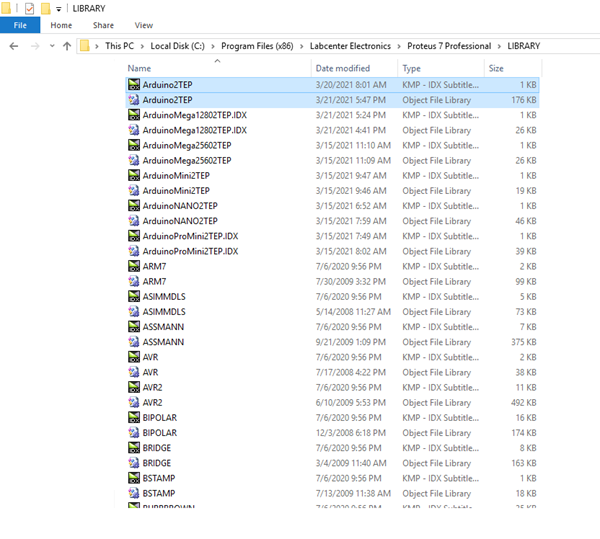

Now in the last step attach the simulation code file of the Arduino. Notice in the circuit above that the input pin of the opto-coupler is now connected to the digital input / output pin of the Arduinowhere in this case Arduino will control the state of the relay. Now let us add the Arduino microcontroller development board in our schematics as shown in the following image: Now connect the circuit as shown in the following figure:Īs shown in the image that the input of the opto-coupler is connected to the logic toggle and its output is connected to the input of the transistor which controls the power of the rest of the circuit. Place all the components that are required in the workspace of the Proteus as shown in the figure below: Step2: So let us embark on the exciting journey of circuit designing in Proteus. I will shortly design the simulation model of the Relay module as a whole.

The simulation model of the relay module as a whole is not present in the library of Proteus so we will design the circuit of the relay module in the Proteus by our own and then simulate it. The simulation model of the component compliances the information about the behavior of the component. If the simulation model of any component is not present in the library of the software the software will be unable to simulate the behavior of the circuit. It is also important to note here that if you want to simulate the behavior of any circuit in any software the simulation model of all the components that are being used in circuit must be present in the library of the software. It is important here to mention that before the implementation of the hardware in real world it is always beneficial to simulate the behavior of the circuit to be developed. Now I will discuss the simulation of the Relay module in Proteus. So sit back, keep reading and enjoy learning. The reader will also learn about how to interface the Arduino with Relay Module.

by default, we'll generate the high voltage from the 3.3v line internally! (neat!)ĭisplay.After reading this post the reader will be able to learn about the basics of the Relay Module, electronic circuit of the Relay Module, simulation model of the Relay Module and the simulation of Relay Module with Arduino in Proteus.

#define button2 8 // Button B2 is connected to Arduino pin 8 #define button1 9 // Button B1 is connected to Arduino pin 9 #include // Include Adafruit SSD1306 OLED driver #include // Include Adafruit graphics library Arduino Sketch #include // Include Wire library (required for I2C devices)


 0 kommentar(er)
0 kommentar(er)
